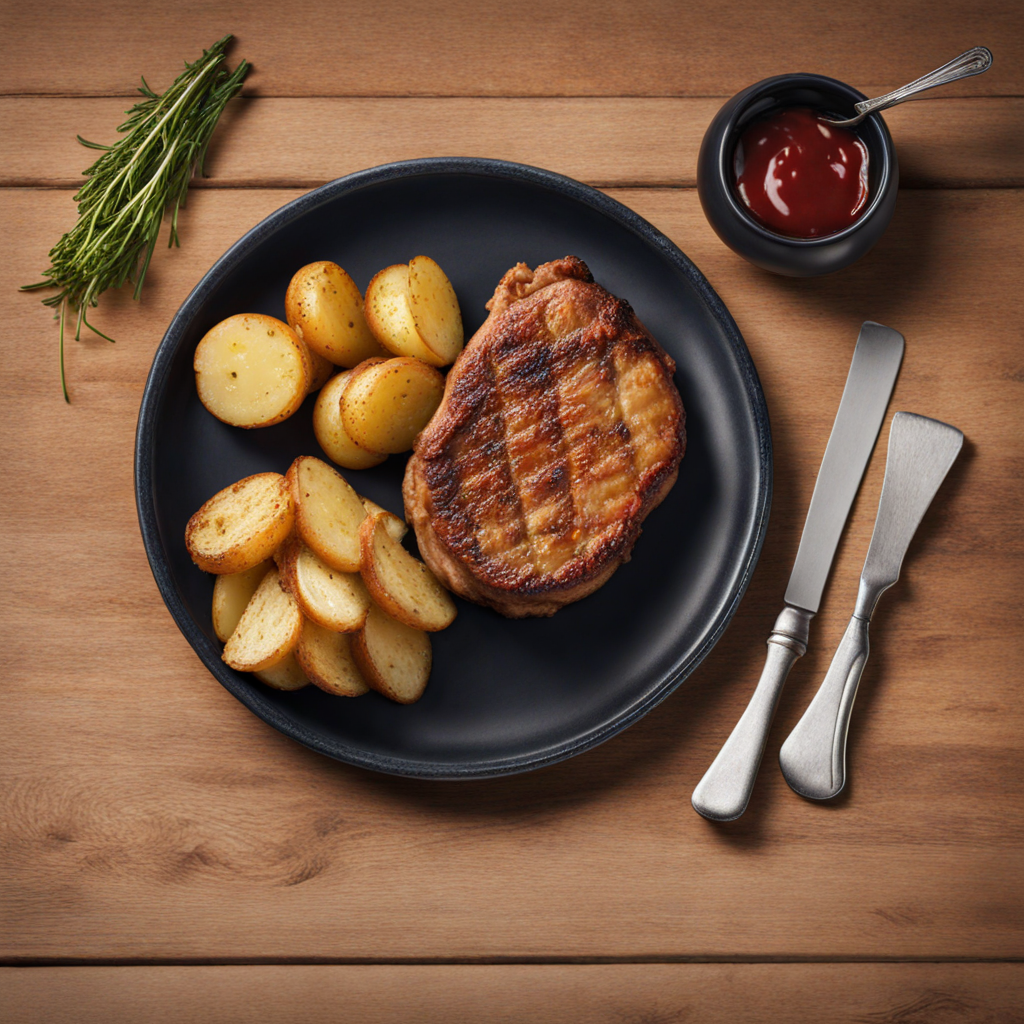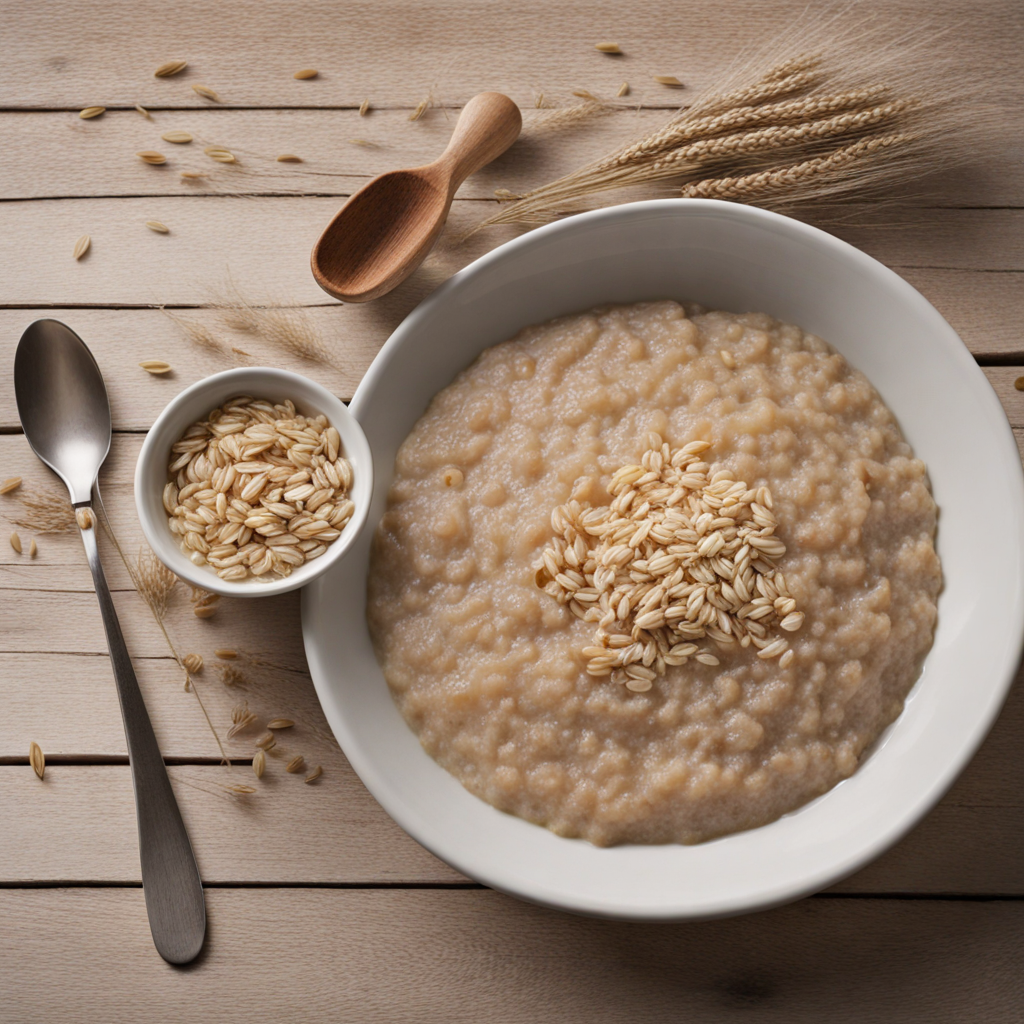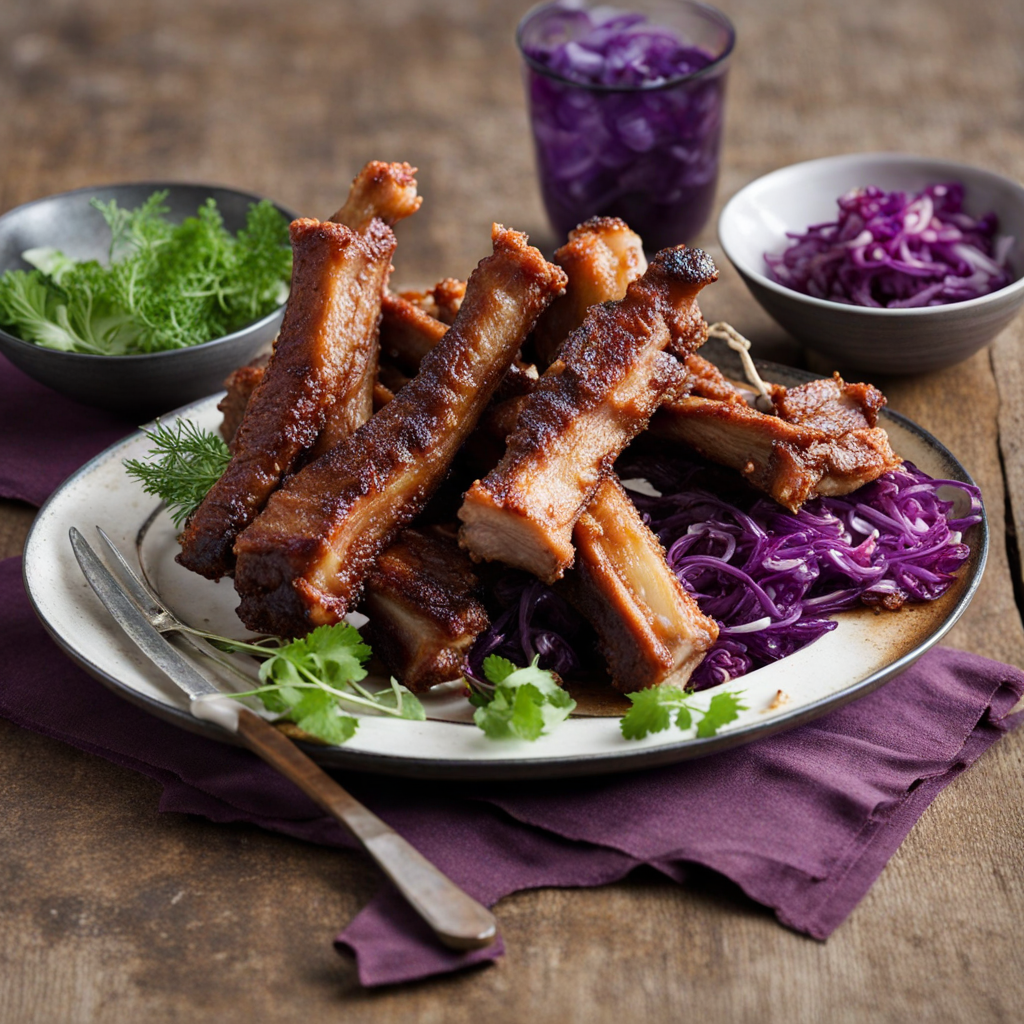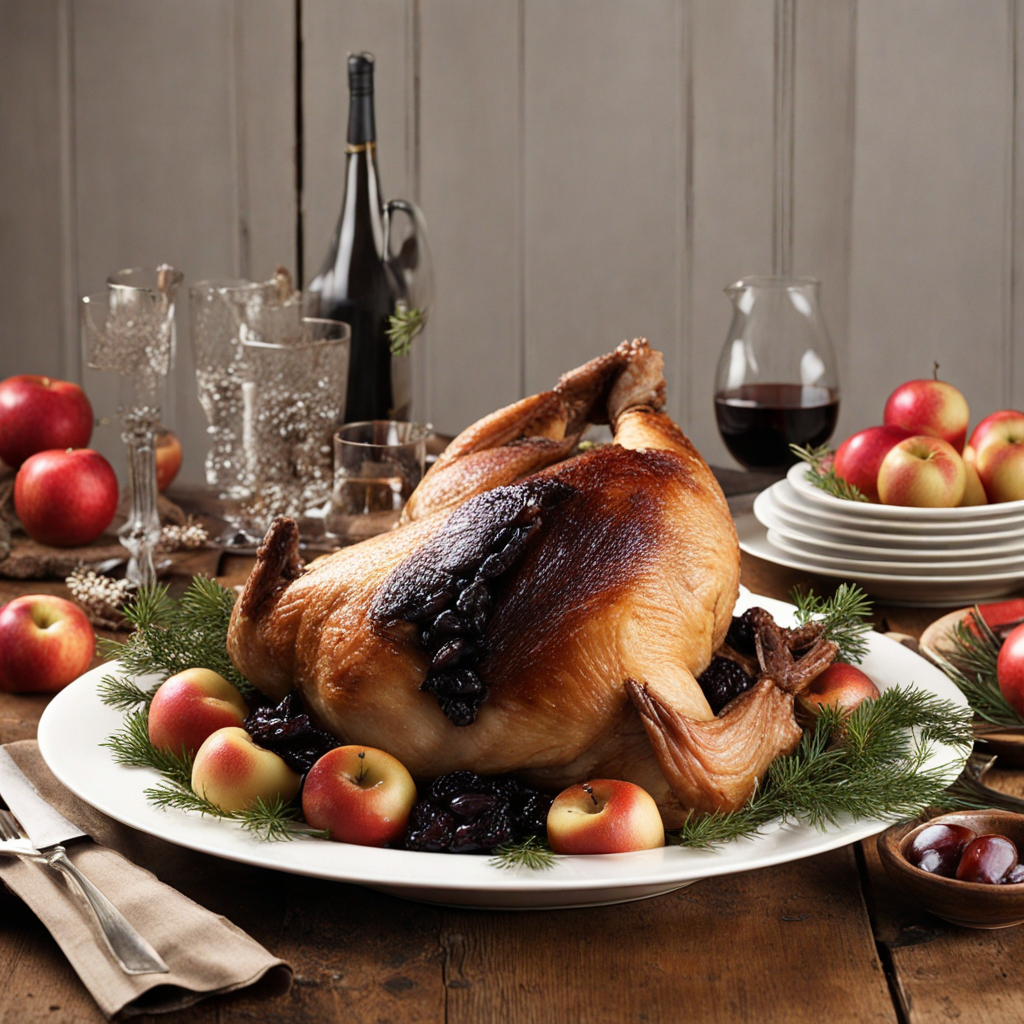Svinekoteletter
Svinekoteletter, or Danish pork chops, are a beloved dish in Denmark that showcases the country’s high-quality pork. These chops are typically cut from the loin of the pig, ensuring a tender and juicy texture. The Danish take pride in their farming methods, and the pork reflects this, often being marbled with just the right amount of fat to keep the meat moist during cooking. The chops are usually seasoned simply, allowing the natural flavors of the meat to shine through, often with a sprinkle of salt, pepper, and some fresh herbs like thyme or rosemary. The preparation of svinekoteletter can vary, but they are most commonly grilled or pan-fried to achieve a beautiful golden crust while keeping the inside succulent. Accompanying them is often a classic Danish side dish, such as a creamy potato salad or roasted root vegetables, which adds a delightful contrast to the savory meat. Many Danes also enjoy their pork chops with a tart apple sauce or a sweet and sour red cabbage, which complements the richness of the pork perfectly and adds a refreshing element to the plate. As you take a bite of svinekoteletter, you'll experience the harmonious balance of flavors and textures. The crispy exterior gives way to tender meat, with a satisfying juiciness that is both comforting and indulgent. This dish embodies the essence of Danish cuisine—simple, hearty, and delicious—making it a perfect choice for those looking to explore new culinary horizons while enjoying a taste of Denmark’s rich food heritage.
How It Became This Dish
The History of Svinekoteletter: A Culinary Tradition from Denmark Origin and Early Beginnings Svinekoteletter, or pork chops, are a beloved dish in Denmark that reflects both the agricultural practices of the region and the evolution of Danish cuisine. The roots of svinekoteletter can be traced back to the Viking Age, when the domestication of pigs became widespread among Scandinavian farmers. Pigs thrived in the Danish landscape, with its lush pastures and abundant grains, making them a staple of the diet. The Vikings appreciated the versatility of pork, which could be cured, smoked, or cooked in various ways, laying the groundwork for the culinary traditions that would follow. As agriculture developed through the Middle Ages, so too did the importance of pork within Danish society. It became a symbol of wealth and prosperity, as owning pigs was a sign of a successful farm. The consumption of pork was often reserved for special occasions and feasts, allowing svinekoteletter to emerge as a dish associated with celebration and communal gatherings. Cultural Significance The cultural significance of svinekoteletter can be observed through their role in Danish family life and traditions. They often feature prominently in festive meals, particularly during holidays such as Christmas and Easter. Pork is traditionally prepared in various forms—roasted, boiled, or grilled—illustrating the diverse culinary methods employed by Danish home cooks. Svinekoteletter have transcended their status as mere sustenance; they are a conduit for familial bonding and cultural heritage. Recipes for these pork chops are often passed down through generations, retaining a sense of nostalgia and family history. In Danish households, cooking svinekoteletter is an opportunity to share stories, celebrate heritage, and connect with one’s roots. Ingredients and Preparation Techniques Traditionally, svinekoteletter are made from bone-in pork chops, which provide a depth of flavor and moisture during cooking. The pork is often seasoned with simple yet robust ingredients, including salt, pepper, and herbs such as thyme or rosemary. One popular preparation method involves pan-frying the chops until they are golden brown, locking in their natural juices and enhancing their savory flavor. In contemporary Danish cuisine, svinekoteletter can be found grilled or oven-roasted, sometimes served with a rich sauce made from pan drippings, cream, or mustard. Accompaniments often include potatoes—whether mashed, roasted, or boiled—as well as seasonal vegetables. The dish can vary significantly from region to region, with different local ingredients and flavors influencing the final presentation. Historical Developments As Denmark entered the early modern period, the culinary landscape began to shift. The 18th century saw the rise of a more refined dining culture, influenced by French cuisine and an increasing availability of spices and ingredients. This period also marked the beginning of the Danish Golden Age, a time when national identity flourished, and traditional foods were celebrated. During this era, svinekoteletter began to be featured more prominently in cookbooks and culinary literature, reflecting a growing interest in the art of cooking. The establishment of formal dining customs meant that svinekoteletter were increasingly served at both family gatherings and public events, solidifying their status as a staple of Danish cuisine. In the 19th and early 20th centuries, industrialization and urbanization transformed Danish society. With more people moving to cities and the rise of the middle class, the demand for convenient, quick meals grew. This led to the commercialization of pork products and the emergence of factory-produced svinekoteletter. While this change made pork more accessible, it also sparked debates about quality, tradition, and the importance of home cooking. Modern Interpretations and Global Influence In recent decades, svinekoteletter have continued to evolve, reflecting broader trends in global cuisine. The increasing popularity of international flavors and cooking styles has led to innovative takes on this traditional dish. Chefs and home cooks alike experiment with diverse marinades, sauces, and side dishes, incorporating influences from Asian, Mediterranean, and American cuisines. Moreover, the farm-to-table movement has reignited interest in high-quality, sustainably sourced pork. Consumers are now more conscious of where their food comes from, leading to a resurgence of traditional farming practices and a renewed appreciation for locally sourced ingredients. This shift has also brought attention to the importance of preserving traditional recipes and cooking techniques, ensuring that svinekoteletter remain a cherished part of Danish culinary heritage. Conclusion: A Dish that Unites Svinekoteletter have a rich history that mirrors the agricultural, cultural, and societal changes in Denmark over the centuries. From their origins as a staple of Viking diets to their place on the modern dining table, these pork chops represent more than just a meal; they are a symbol of Danish identity, tradition, and resilience. As Denmark continues to navigate the complexities of globalization and culinary innovation, svinekoteletter serve as a reminder of the importance of heritage and the role food plays in bringing people together. Whether enjoyed during a festive gathering or as a simple weeknight dinner, svinekoteletter embody the essence of Danish hospitality and the enduring connection to the land and its agricultural roots. In essence, svinekoteletter are not merely a dish but a narrative—a story of a people, their history, and their ongoing love affair with food. As Danes continue to savor this beloved pork chop, they honor their past while embracing the future of their culinary landscape.
You may like
Discover local flavors from Denmark







